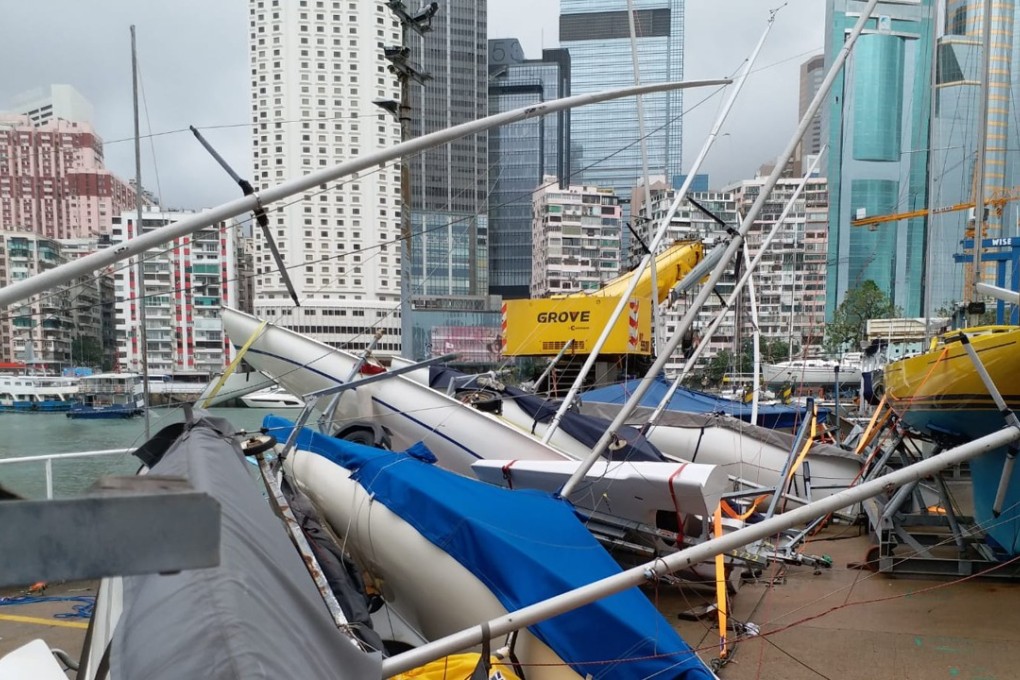Typhoon Mangkhut bill could set Hong Kong record of US$1 billion in insurance claims
Economist says people and companies might evaluate durability of their properties or facilities, which will end up driving up costs and spending

Hong Kong faces a massive economic bill, including an unprecedented level of invoked insurance coverage, as the scars left by the city’s most intense storm on record emerge following the weekend’s terrifying ordeal.
One assessor estimated that claims could exceed US$1 billion, which would make Typhoon Mangkhut the most destructive storm in local history. The typhoon slammed into Hong Kong on Sunday and tore through cities in neighbouring Guangdong province before landing in the city of Taishan.
Heng Fa Chuen housing estate, fronting Victoria Harbour on the eastern side of Hong Kong Island, witnessed extensive devastation. Powerful waves raged so forcefully that pavement was unearthed, an underground car park was inundated, and glass shattered across a wide swathe of the private development. Residents lost electricity and access to drinking water.